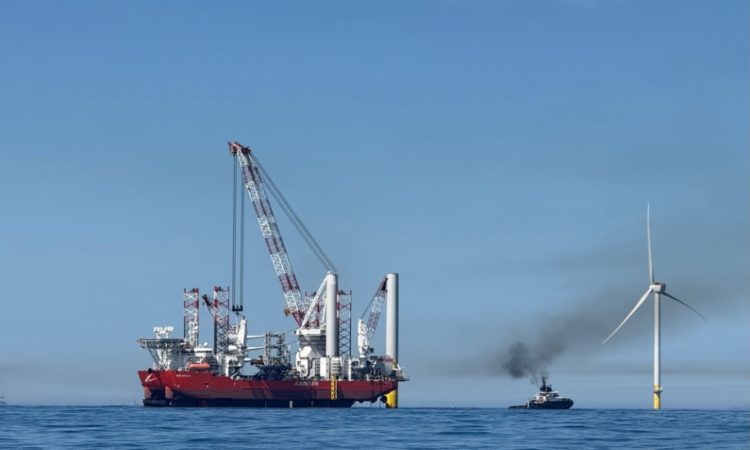
Energy is getting expensive for Americans. NPR reported in August that one in six families struggles to pay utility bills, and energy costs are outpacing inflation by more than 100%.
New Englanders aren’t crazy to suspect that their electric bills increased this year, and winter has yet to arrive. Something must change, and while President Trump is right to point out the high costs and practical challenges of getting energy to New England, he’s wrong to close the door on specific sources.
The administration has been adamant that it wants to diversify and boost national energy outputs to lower prices and “increase consumer choice,” according to Energy Secretary Chris Wright. Still, the administration’s policies have specifically singled out wind energy as persona non grata.
According to ISO New England, the region’s primary grid operator, wholesale electricity prices increased by 48% from spring 2024 to spring 2025, marking the highest regional spike in the nation. The reasons for price hikes are many, but fluctuating natural gas prices and the costs of maintaining adequate transmission capacity are among the obvious culprits, to say nothing of increasing demand.
However, there is no denying that the administration has tilted the scales. In August, the Department of the Interior ordered construction halted on Revolution Wind, a nearly completed and fully permitted offshore wind project located near Rhode Island and Connecticut. The project had foundations and crews in place and close to $1.5 billion of private-sector investment.
Only thanks to a last-minute ruling by a federal judge has the project been allowed to continue.
The initial halting of the project was not just a setback for one project or company; it was a direct hit to consumers. The higher toll of electricity prices on families and businesses means less disposable income for them. Revolution Wind was designed to ease that burden, providing power at a rate of 9.8 cents per kilowatt-hour, locked in for 20 years, and at a cost lower than the average electricity rate in the region.
Independent analysts project that Revolution Wind and other contracted offshore projects would reduce wholesale energy prices by more than 10%, saving ratepayers $400 million.
Trump has lambasted the “stupid and ugly” look of the windmills and their supposed effects on whales and birds. Taking a more nuanced view, Secretary Wright has articulated that many wind projects have relied on public subsidies from the Biden era to be completed.
Wright isn’t wrong about the subsidy status quo, but it’s not an argument for boxing out an energy source that can provide power in a competitive market to consumers in need.
If we want to increase our energy mix, all sources should be put on the table. Having the federal government picking winners and losers in the energy race, whether it be wind, nuclear, natural gas or coal, is precisely why we’re in this predicament in the first place.
Yaël Ossowski is the deputy director of the Consumer Choice Center in Washington/InsideSources




